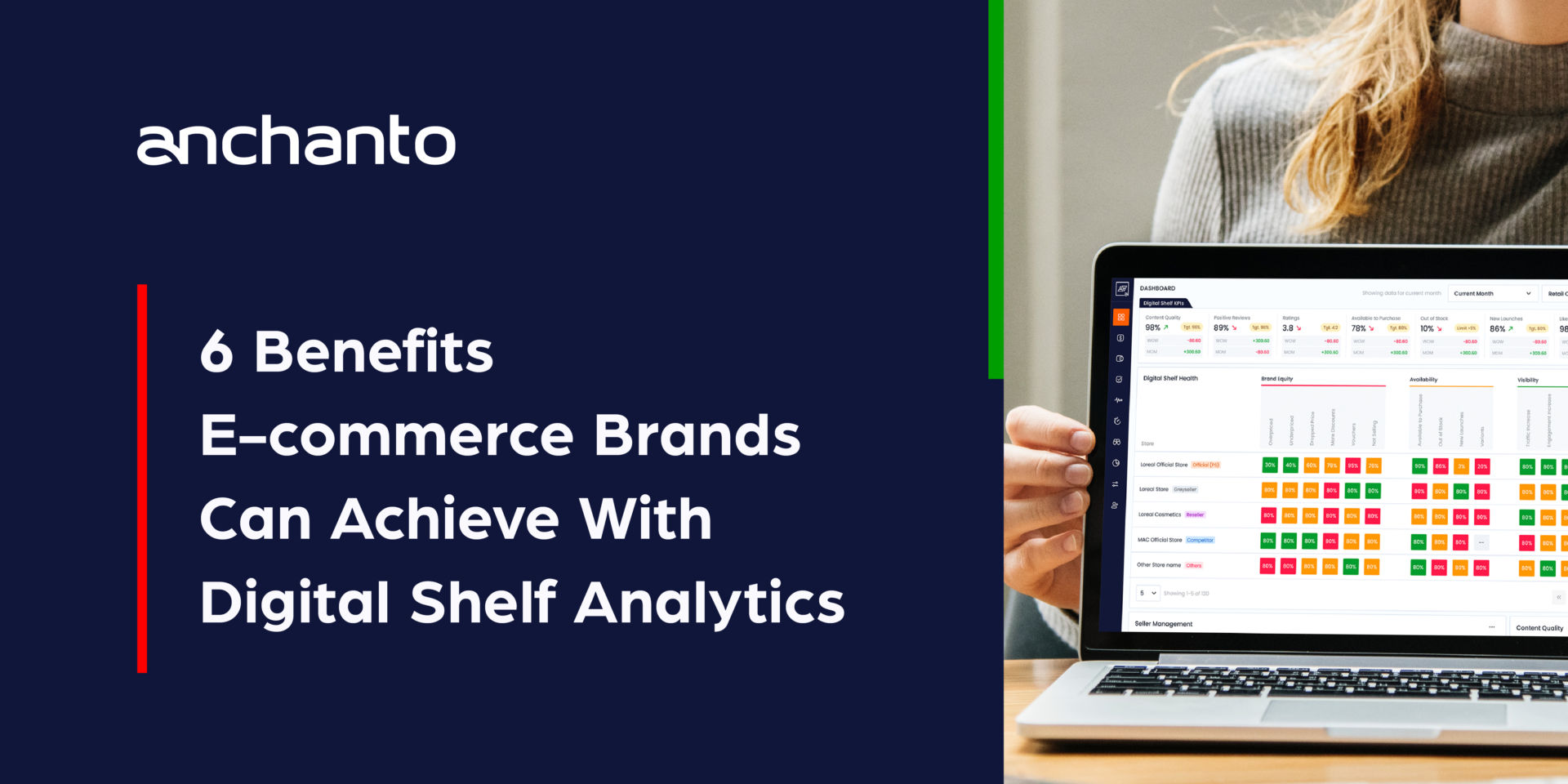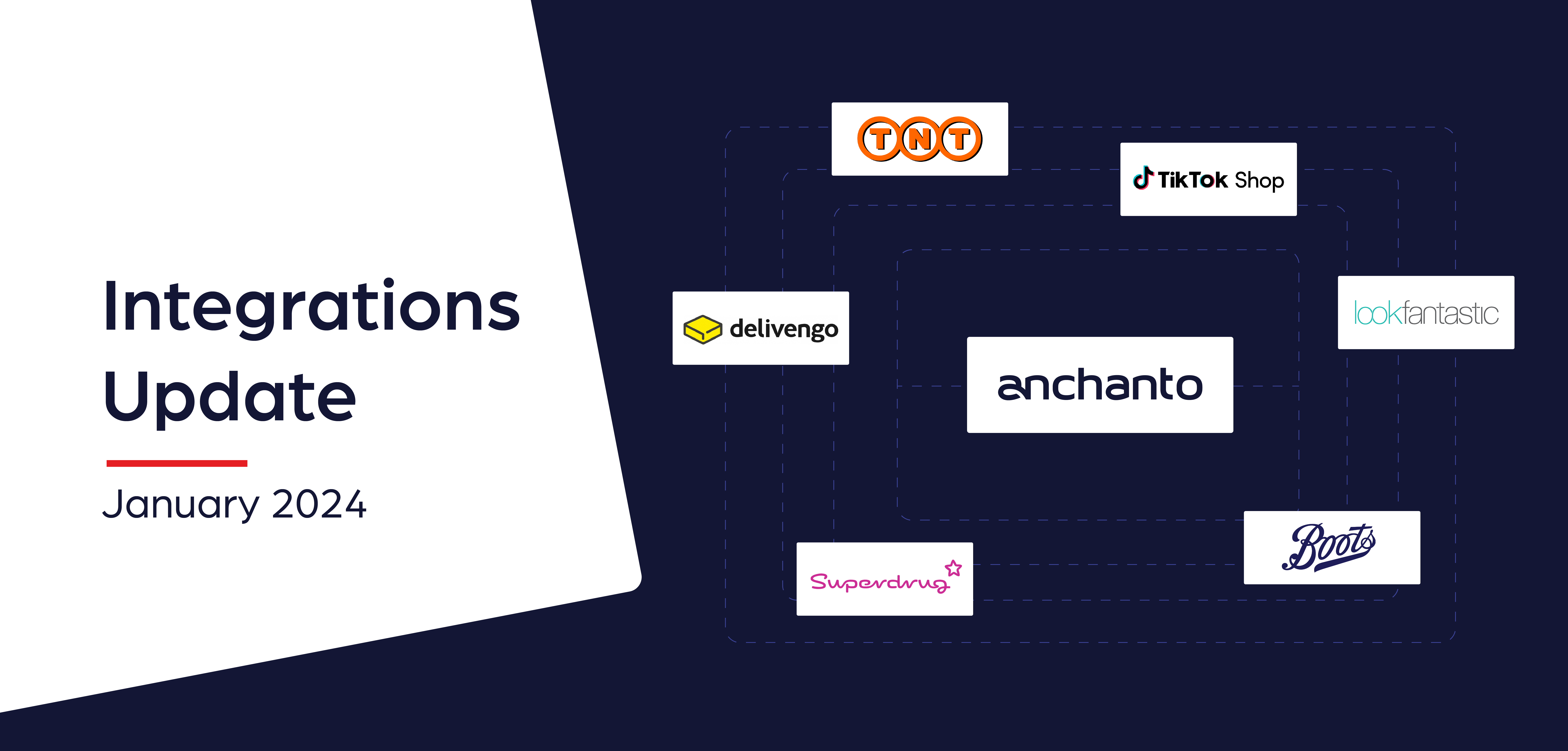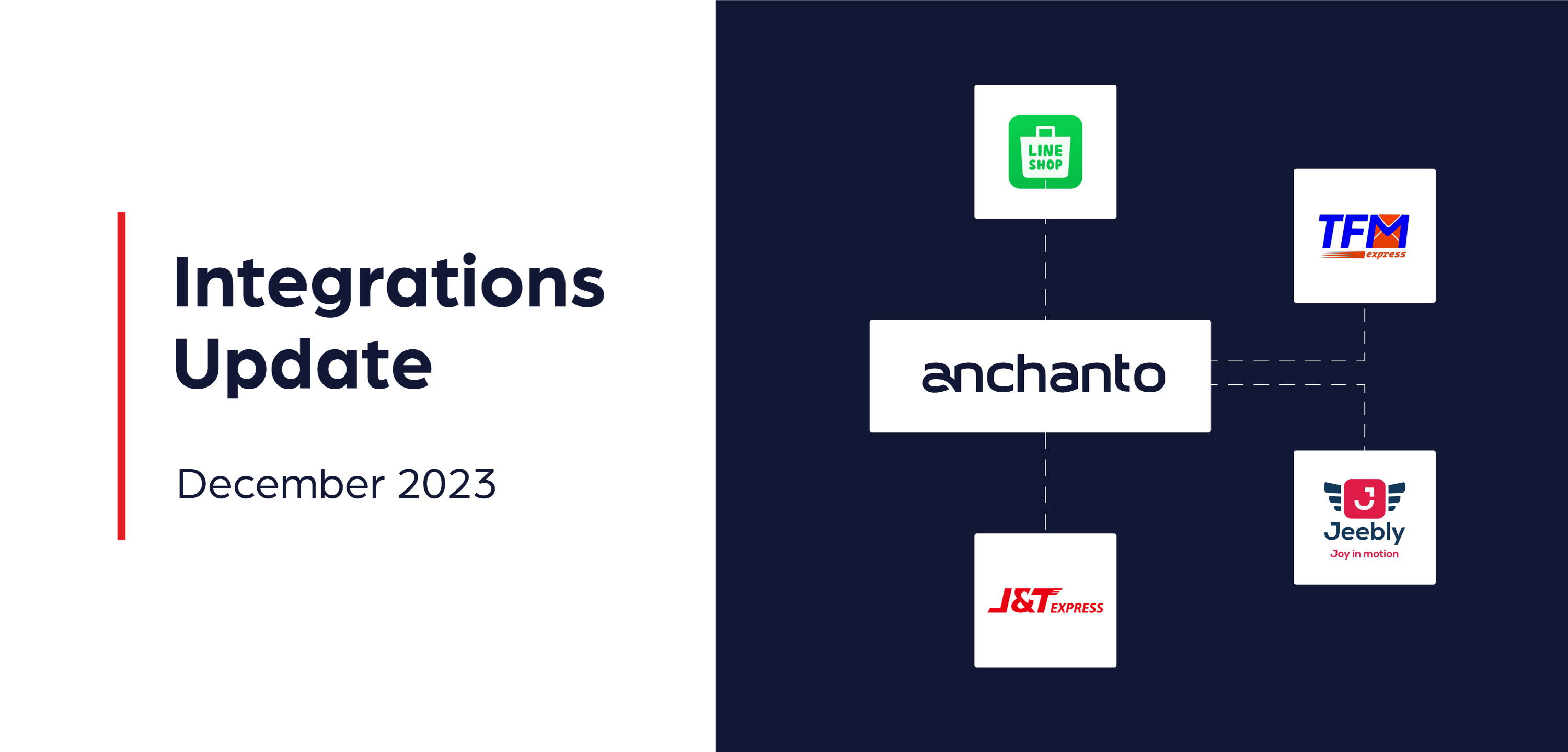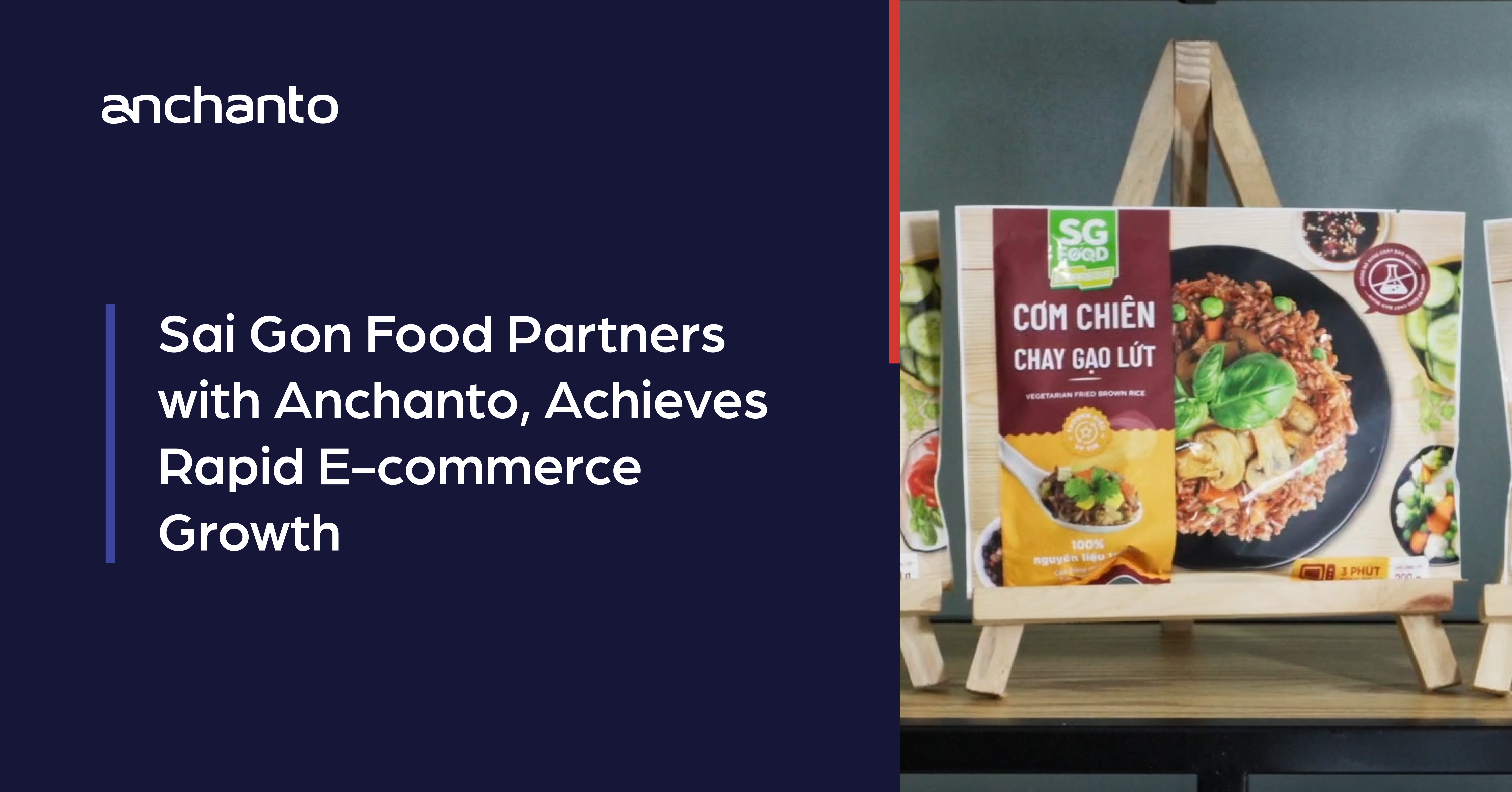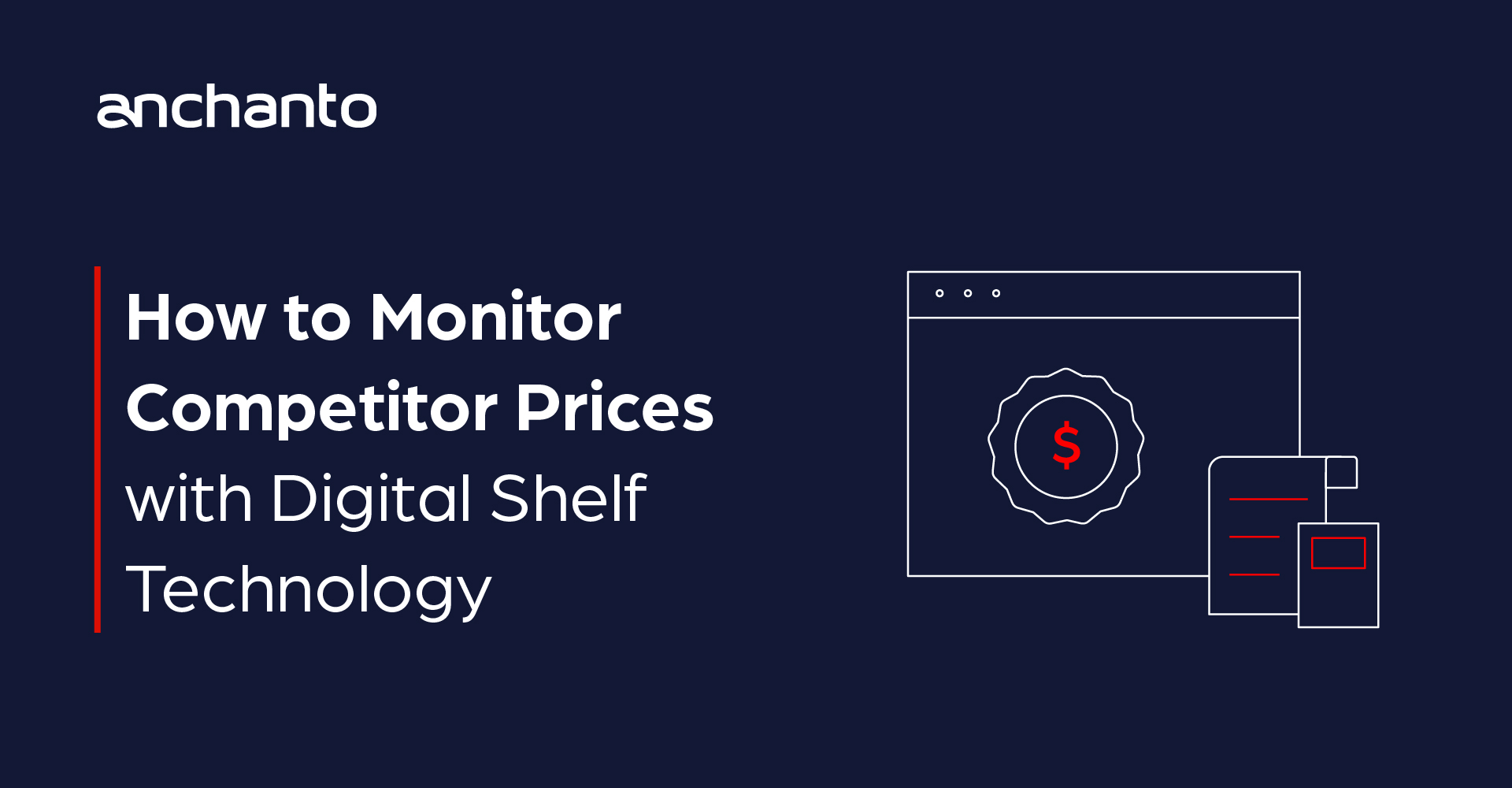
B2C Fulfillment Handbook: Everything B2B Businesses Need to Know Before Entering the B2C Arena
1. Introduction
When it comes to fulfillment, two broad models come to mind: B2B and B2C. But with the explosion of the e-commerce market, B2C is currently at the forefront. And the big picture showcases a highly lucrative opportunity for warehouse operators and 3PLs (third-party logistics partners) with a B2C fulfillment model.
A recent global 3PL market report claimed that the third-party logistics market[1] was valued at $1,032 billion in 2021 and will likely reach $1,656.7 billion by 2027. While another source suggests that the general warehousing and storage market[2] is expected to reach nearly $295.82 billion by 2022.
What’s fueling this growth?
The evolving consumer expectations and buying behavior[3]. And with the digital consumer population[4] expanding every year, so is the demand for B2C fulfillment.
In our B2C Fulfillment Handbook, you’ll learn everything you need to know about
2. The role of fulfillment in e-commerce
E-commerce fulfillment is the process of sorting and storing product inventory and picking, packing, and shipping these products based on orders received. It is also the backbone of B2C retail and the key to success for all online retail brands. If there isn’t a department for fulfillment, it’s impossible to carry out the supply chain function. And e-commerce orders can not be completed.
But simply storing and delivering products to consumers isn’t enough for warehouses and logistics companies to land new clients and keep existing ones satisfied.
Brands selling through marketplaces need to meet certain SLAs for better visibility, promotional preference, and status. These SLAs include providing same-day, next-delivery, or two-day delivery options and maintaining a certain level of inventory and accuracy. To achieve this, brands rely heavily on their fulfillment partners.
These fulfillment partners are also expected to connect with e-commerce sales channels, and ensure product inventory is managed carefully and delivered safely and hassle-free.
Brands and manufacturers are continuously on the lookout for better fulfillment partners and service providers, as consumer fulfillment expectations are always advancing.
By 2024, online retail sales are expected to account for 21.8%[5] of retail sales worldwide (as per estimates). As a result, the demand for B2C fulfillment will intensify all the more. To exploit this potential, anyone with a warehouse should take up e-commerce fulfillment, particularly B2C fulfillment.
Keep reading through our B2C Fulfillment Handbook to learn what you need to do!
3. B2C fulfillment actions by brands and distributors
Brands and distributors are also focusing more on in-house fulfillment efforts for better B2C fulfillment results. With their own facilities, they can reduce shipping costs over time, maintain better visibility, and control customer experience some more.
Rurutiki’s B2C fulfillment activities for brands
When Rurutiki, the official e-distributor for Nestle Malaysia, wrestled with processing client orders, managing costs, and expanding their efforts, they sought assistance from e-commerce experts and employed powerful ecosystem integrations to manage their inventory and fulfillment. Immediately after implementation, Rurutiki experienced a massive transformation in their e-commerce fulfillment. They had more visibility, optimized order processing, and enhanced their operations.
To learn more about Rurutiki’s success, click here.
In this way, 3PLs need to concentrate on their warehousing and logistics solutions to see where they can enhance their offerings. By doing so, they can perfectly align with brand and end consumer expectations. They especially need to focus on high-speed, qualitative fulfillment as it directly impacts customer experience.
Warehousing and logistics providers that don’t make efforts to offer B2C fulfillment will likely experience slower business, less sales opportunities and growth stagnation. With time, their earnings from B2B partners will slowly become insufficient too as direct sales to end consumers steadily increase.
4. Benefits of B2C fulfillment for warehousing and logistics providers
If we closely look at B2C fulfillment (also known as e-commerce fulfillment), it impacts warehousing and logistics in several ways. If taken up, it can lead to more earnings, customer retention, closer connections with consumers, and the opportunity for new business.
In this section of our B2C Fulfillment Handbook, let us look at the benefits of this form of fulfillment.
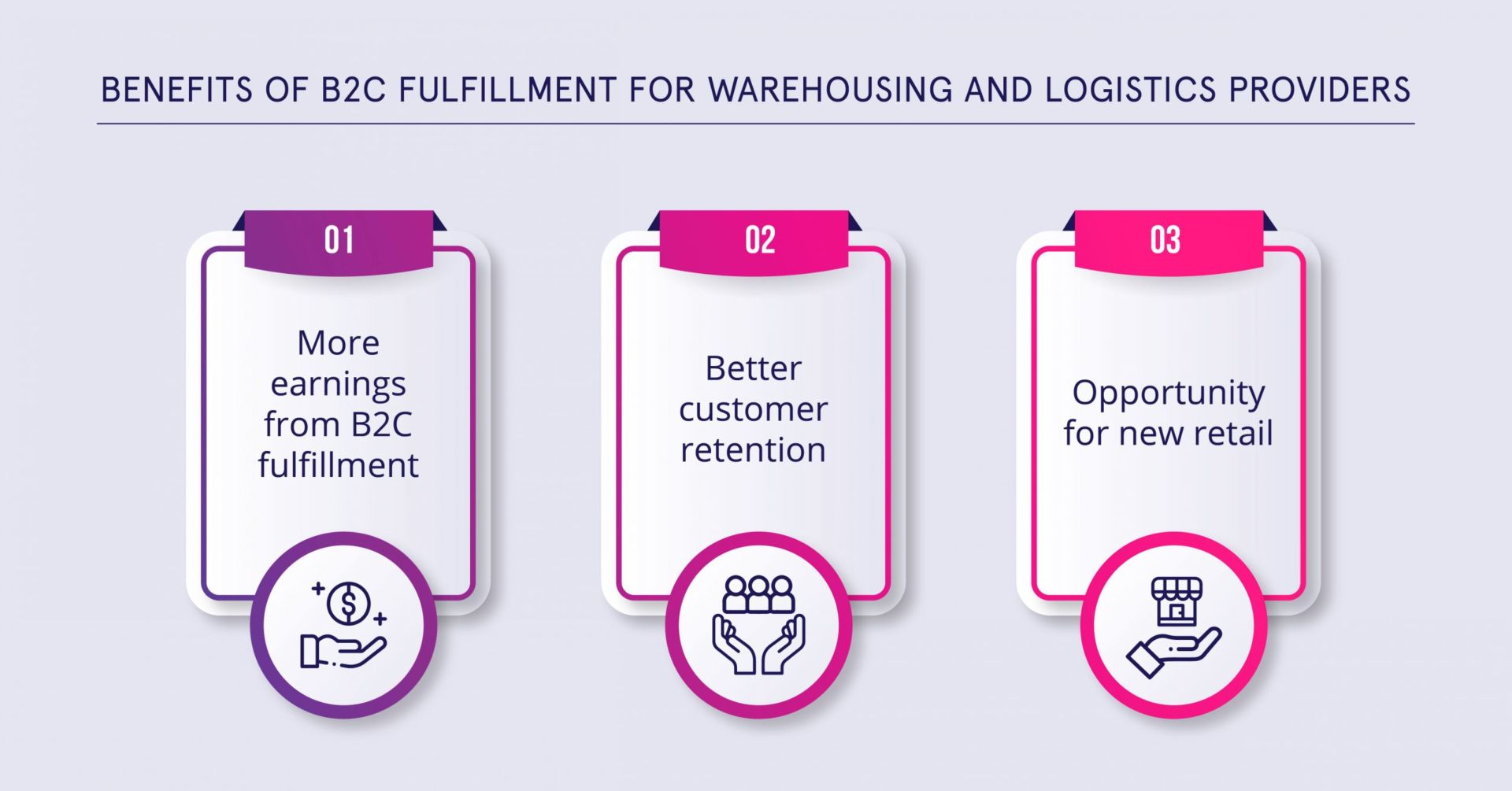
Let’s dive deeper into each of these benefits for a better understanding.
a. More earnings from B2C fulfillment
B2C or e-commerce fulfillment promises broad profit margins for 3PLs as online purchases continue to soar rapidly. Brands and manufacturers also have higher expectations for their fulfillment partners and are scoping out options to meet their e-commerce requirements.
3PLs and warehouses that delay tapping into the B2C fulfillment market today will miss out on growth opportunities tomorrow. And getting into B2C fulfillment, later on, will be tough when competition rises.
To take advantage of the opportunity B2C fulfillment currently offers, warehouse and logistics companies new to the field must strike quickly. Those already in the fulfillment industry need to fortify their efforts. For this, they will need technology stacks that communicate fulfillment requirements from D2C (direct to customer) sales platforms, streamline picking and packing, and automate certain processes for faster fulfillment.
b. Better customer retention
e-commerce fulfillment is a fairly recent concept for B2B fulfillment and supply chain businesses. But the sooner they are acquainted with it, the better it will be. This is because brands and retailers using B2B warehouses for storage and fulfillment are also taking up e-commerce and seeking fulfillment solutions for B2C.
So, warehouses and 3PLs offering B2B and B2C under one roof are likely to get more attention. To retain their evolving B2B clients and earn more from them, fulfillment companies must adopt B2C support systems.
How does DHL support B2B and B2C?
Global logistics industry leader, DHL, serves both B2B and B2C customers. But as the e-commerce appetite of consumers grew, DHL’s clients started showing interest in specialized B2C fulfillment solutions. To serve this requirement and capitalize on e-commerce, DHL reviewed its fulfillment operations and supporting technologies and then:
Switched from a legacy system to new-age tech
Modernized fulfillment and warehousing processes
Integrated online sales channel and catalogs
Retained clients with burgeoning e-commerce needs
By offering more value, support, and scope for higher margins, DHL managed to hold on to its evolving B2B clients. A holistic approach is what brands and retailers are looking for with their fulfillment partners and adapting to this is the need of the hour.
To learn more about DHL’s success with e-commerce fulfillment, read more here.
c. Opportunity for new retail
It’s quite clear that e-commerce is here to stay and is eating up a noticeable portion of the offline retail share. In a PWC study[6], more than 8,600 participants across twenty-two territories were asked about their shopping channel usage over the last year. The majority of respondents stated that they used online channels more through various devices.
46% claimed to use physical stores
44% used online channels via smartphones
38% chose online channels via tablet devices
34% purchased through online channels via PC
42% used online channels via voice assistance (eg., Amazon Echo, Google Home, etc.)
Based on these numbers, saying e-commerce is here to stay is an understatement. e-commerce it’s certainly not done expanding. But in retrospect of how businesses are developing omnichannel retail activities, it’s unlikely that offline retail will be vanquished for good.
To cater to the hybrid online and offline retail model, warehouse and logistic businesses need to be able to cater to e-commerce as well as offline retail demands.
The best way to do this is through modernized efforts and specialized warehouse workflows. Digitizing functions like tracking, processing, and updating will improve fulfillment efficiency. Similarly, access to real-time orders and related information will help in faster, more personalized deliveries.
5. Customer expectations for B2C fulfillment
Online shoppers have high expectations when it comes to order fulfillment and so it plays a major role in their experiences with e-commerce brands and retailers. Even if the goods purchased are top notch, the quality of fulfillment can make or break the success of the sale.
In support of this statement, here’s some market research:
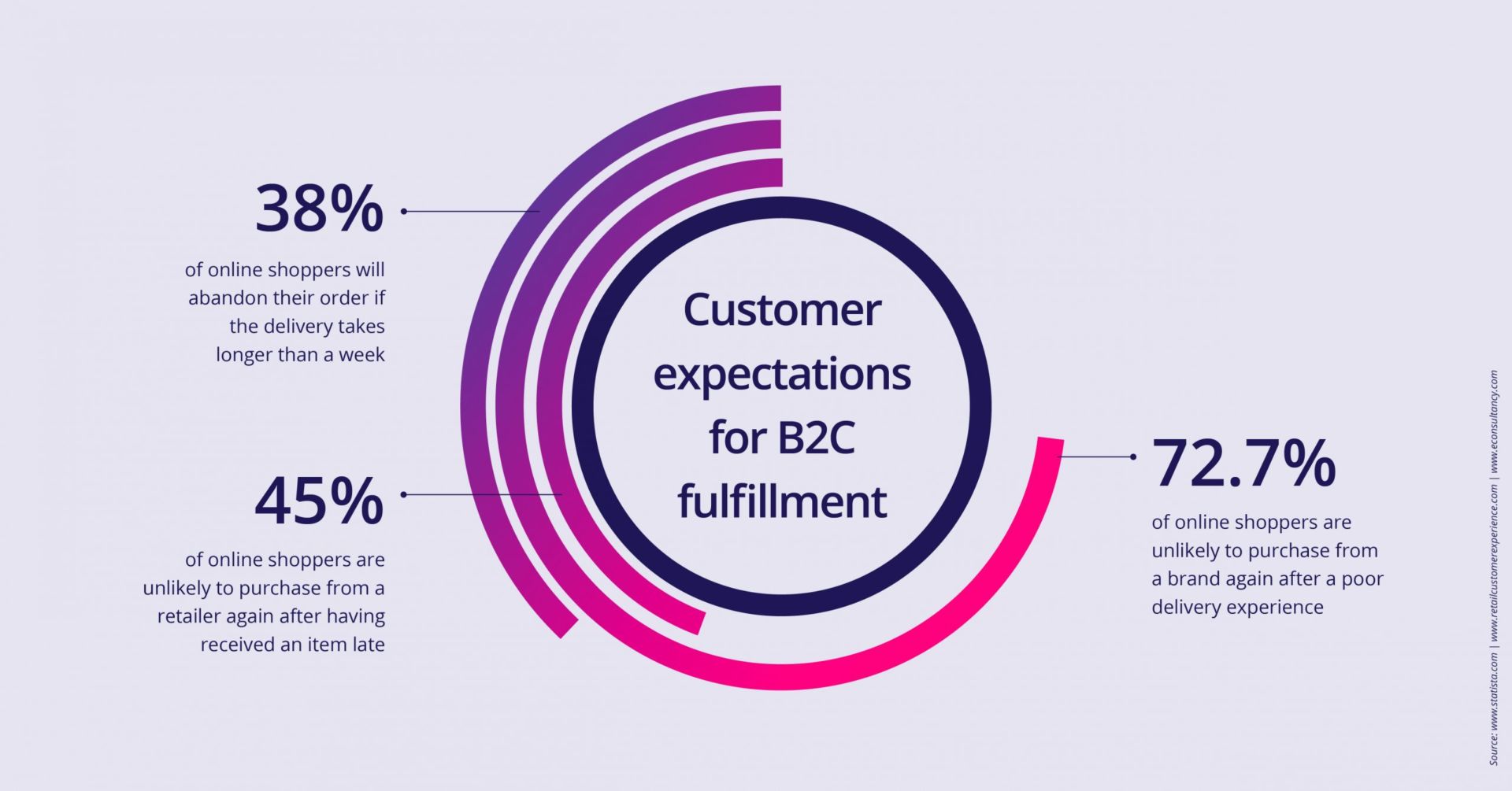
Fulfillment processes followed by warehouses or 3PLs impact brand or retailer credibility in e-commerce. To help them stand out to online shoppers, warehouse and logistics operators need to find ways to improve their fulfillment operations. Or else, it could mean a poor reputation for them in their industry.
Additionally, the role of logistics and fulfillment of e-commerce is a cost that must be optimized. Brands, retailers, and sellers are looking for scalability and for lower costs. If they can outsource their logistic requirements at lower expenses, they will. And this can cost some warehouses their customers.
Upgrading fulfillment efforts will help them strengthen their position and land more brands and suppliers. With steady revenue from B2C efforts, they can then invest in new and bigger warehouses, increase their network, and double their market share.
6. Challenges faced by e-commerce actors during fulfillment
While adopting a B2C fulfillment model may sound straightforward, that isn’t the case. Sure, the complexity of B2B fulfillment agreements is non-existent with this business model. But fulfilling multiple small orders for thousands of people in different locations every day can be difficult. This often makes B2B fulfillment businesses reluctant to go into e-commerce.
This Herculean task becomes more wearisome with these challenges:

a. Fragmented ecosystems due to integration limitations
B2C fulfillment is linked with e-commerce orders. So, 3PLs must have access to these orders via their clients’ sales channels. Similarly, 3PLs need to stay connected with their shipping partners and last-mile carriers to ensure quick shipment and delivery. And, to simplify accounting and other administrative processes, they also need other systems and software to be linked. This is all possible through system integrations.
But, many 3PLs don’t have robust IT capabilities, systems, and expertise to facilitate the desired integrations. Those who hire IT specialists to build a system need to keep coordinating with their IT partners to maintain their integrations. This is because integrations with sales channels, business partners like last-mile carriers, and ERPs (enterprise resource planning software) are not a one-time setup. Due to frequent changes in technology, digital security, and upgrades, platform integrations must be monitored continuously.
As it is an ongoing process, integration management requires an in-house IT team. Apart from facilitating integrations, the team will be required to troubleshoot IT issues when they arise and upgrade technology to meet the latest developments, which can be a high-priced affair.
b. Lack of technology to support B2C and B2B fulfillment
Limited technological resources is a big obstacle to traditional B2B warehouses looking to expand into B2C fulfillment. Given the tedious nature of e-commerce fulfillment, these warehouses may need additional systems to cope with the B2C ecosystem and its characteristics. Identifying B2C management solutions that also support a B2B ecosystem in parallel can be exhausting, and running them together can be a profound challenge.
As a result, warehouses catering to B2C and B2B fulfillment models will need to maintain separate inventory for each ecosystem. This can lead to overstocking, mismanagement of warehouse space, inefficiency, and fulfillment errors.
c. Inability to handle products with specific storage requirements
The e-commerce industry is a platform for a broad range of products from apparel to electronics, pharmaceuticals, edibles, and more. Some of these products need to be dealt with differently in terms of storage environment, management, handling care, etc.
For example, products like consumables, cosmetics, and pharmaceuticals have a best by or expiry date, and so they need continuous monitoring and attention. These perishable products have a shelf-life and warehouse operators must ensure that product inventory closest to its expiry is sold first. That way, they aren’t left with a load of unusable stock, which impacts their bottom line and relationship with business partners.
Additionally, chemical products will have special requirements like hazardous material storage and handling care, food items will need temperature control storage, and electronics delicate care and secure storage.
Meeting these diverse requirements can be challenging for a warehouse that serves suppliers and brands from different industries. Poor management and wastage is quite common without the right supporting technology and automation.
d. Running B2B fulfillment in parallel with B2C
While B2C online retail is taking center stage, B2B retails is also gaining traction online. According to McKinsey & Company research, 70% to 80% of B2B decision makers[7] prefer remote human interaction or digital self-service. That’s because it’s easy to schedule purchases, saves travel costs, and ensures safety.
As a hybrid warehouse or logistics company, maintaining different distribution structures for B2B and B2C fulfillment is complicated, costly, and often leads to errors. At the same time, B2B and B2C fulfillment have unique characteristics in terms of storage requirements, order size, delivery time, delivery methods, and shipping.
Most warehouse solutions don’t come with B2B and B2C capabilities. And, building software solutions to cope with both fulfillment models can be costly and challenging.
7. The solution
Despite the challenges, we’ve discussed above and the complications of managing B2B and B2C fulfillment under one roof, there is a solution that exists. This solution can be implemented in the form of technology stacks that monitor, manage, and automate hectic warehousing processes. These include e-Warehouse Management Systems (WMS), Order Management Systems (OMS), sale platform integrations, last-mile integrations, ERP integrations, market analytical systems, and more.
These management programs create a robust ecosystem with other businesses (brands, retailers, sellers, shipping partners) and facilitate seamless logistics. A WMS offers a powerful platform that incorporates innovation and state-of-the-art technology, to transform existing warehouses into highly productive distribution and fulfillment centers for B2B and B2C commerce.
OMS technology enables the management of sales channels and other system integrations for uninterrupted connections and smooth workflows. It helps cut through the complexities and align multichannel selling with logistics operations and boost operation productivity.
In addition to this, these e-commerce management platforms offer other features as well to further simplify B2C and B2B fulfillment. To learn more about this, reach out to the experts at Anchanto today.




